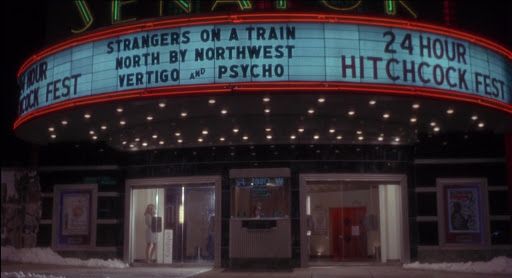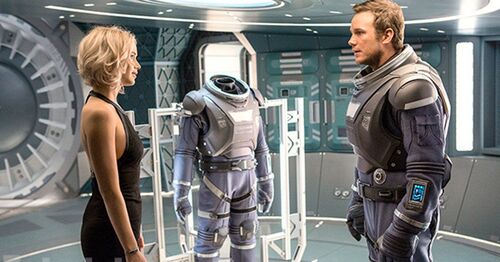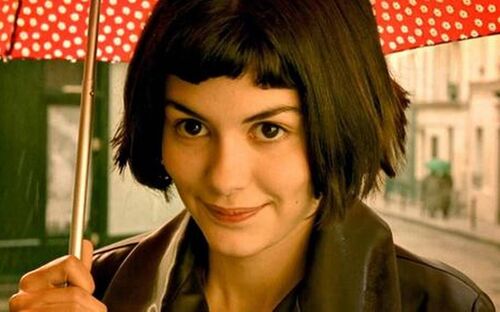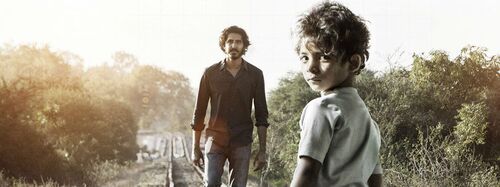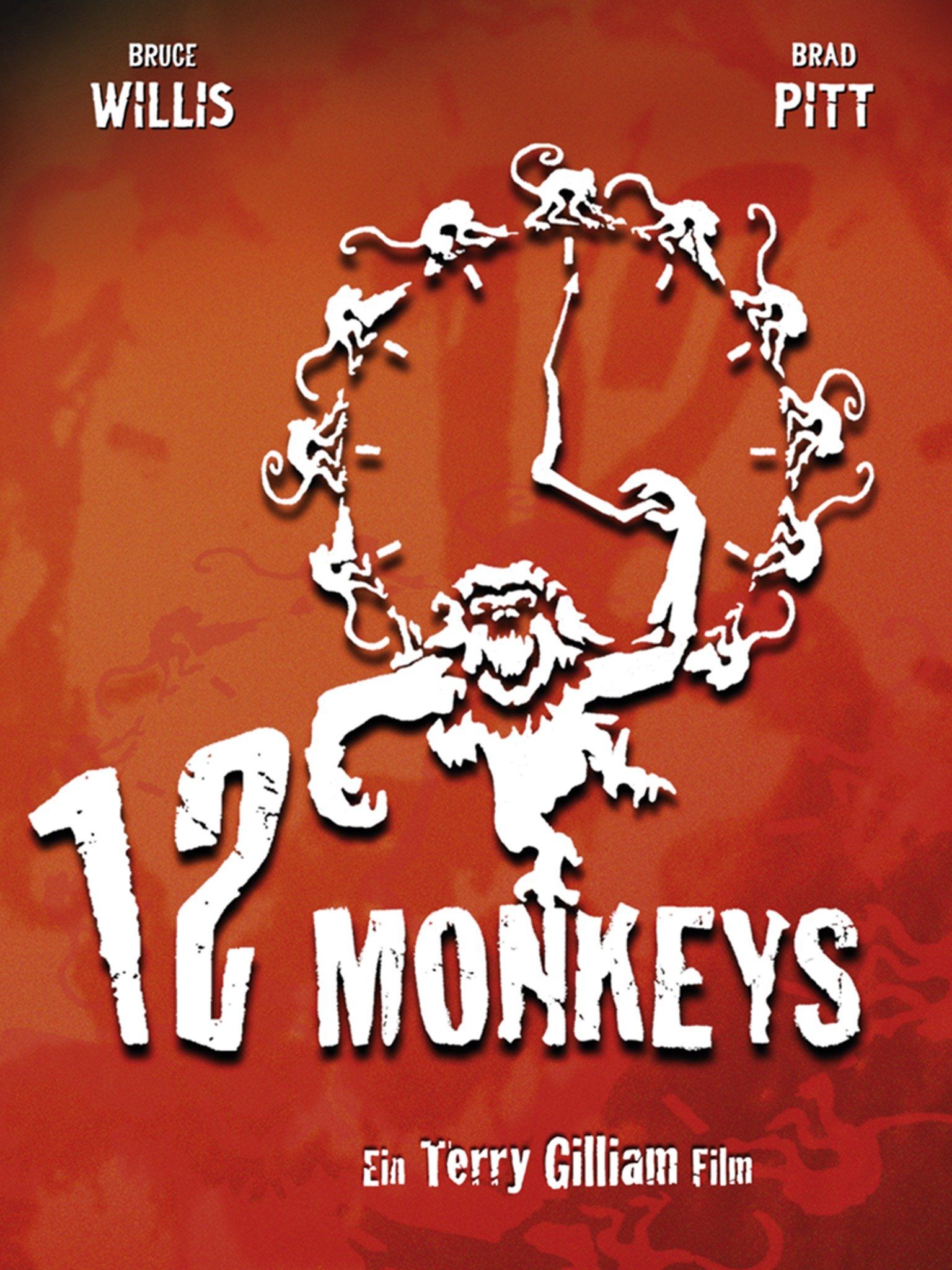
‘Twelve Monkeys’ (1995) Review
 With its backdrop of a deadly pandemic, ‘Twelve Monkeys’ (1995) was 25 years ahead of its time.
With its backdrop of a deadly pandemic, ‘Twelve Monkeys’ (1995) was 25 years ahead of its time.
Deadly Diseases and Time Travel
It’s 2035 and the human race is a breath away from extinction, thanks to the deliberate release of a deadly disease back in 1996. Survivors live in a subterranean ‘safe’ haven with remnants of technology from the last century and a semblance of the societal structure from that same time, with a prison system and a job hierarchy. Convict James Cole (Bruce Willis) is selected by scientists to travel back in time to 1995, to bring back information that may help to avert the global catastrophe of ‘96. But he arrives in 1990 instead and after attracting unwanted attention, is incarcerated once more, but this time in an asylum, under the orders of Dr Kathryn Railly (Madeleine Stowe). Within the asylum he meets fellow patient Jeffrey Goines (Brad Pitt), before being transported back to his own time. The second attempt lands him in the trenches of World War I - albeit briefly - an accident which changes the way he is viewed when he finally arrives in 1995 …
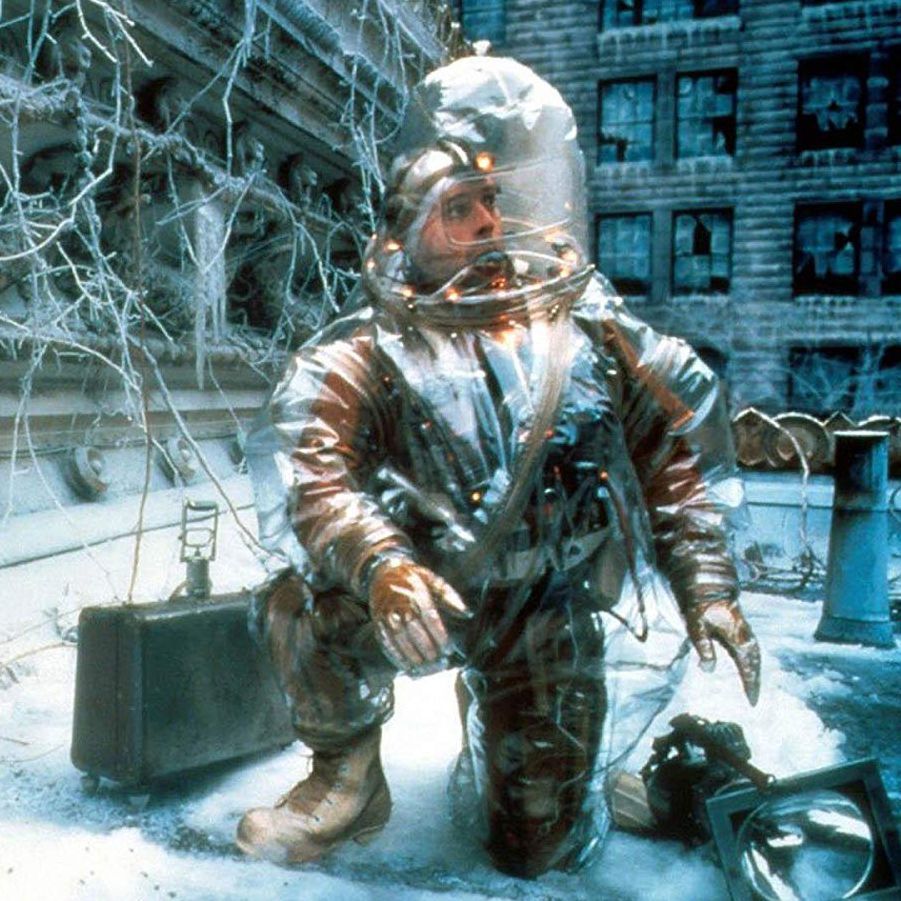
Post-Apocalyptic World
Film noir ‘Twelve Monkeys’ was inspired by the 1962 short ‘La Jetee’, which, through a series of still images, chronicles a time traveller’s attempts to unravel the mystery of his recurring dream featuring an unknown woman. With a frugal budget, ‘Twelve Monkeys’ director Terry Gilliam chose to film the underground scenes in gas stations, giving a gritty realness to the post-apocalyptic world of 2035. Although a convicted man, Willis’ performance as the puppet whose strings are played by the scientists, shows enough vulnerability and confusion to make his audience pity him. We do not learn the reason for his imprisonment, but Cole’s obedience and general demeanour would suggest that his crime was not a heinous one and there is a hint that perhaps he is the victim of a possibly corrupt society.
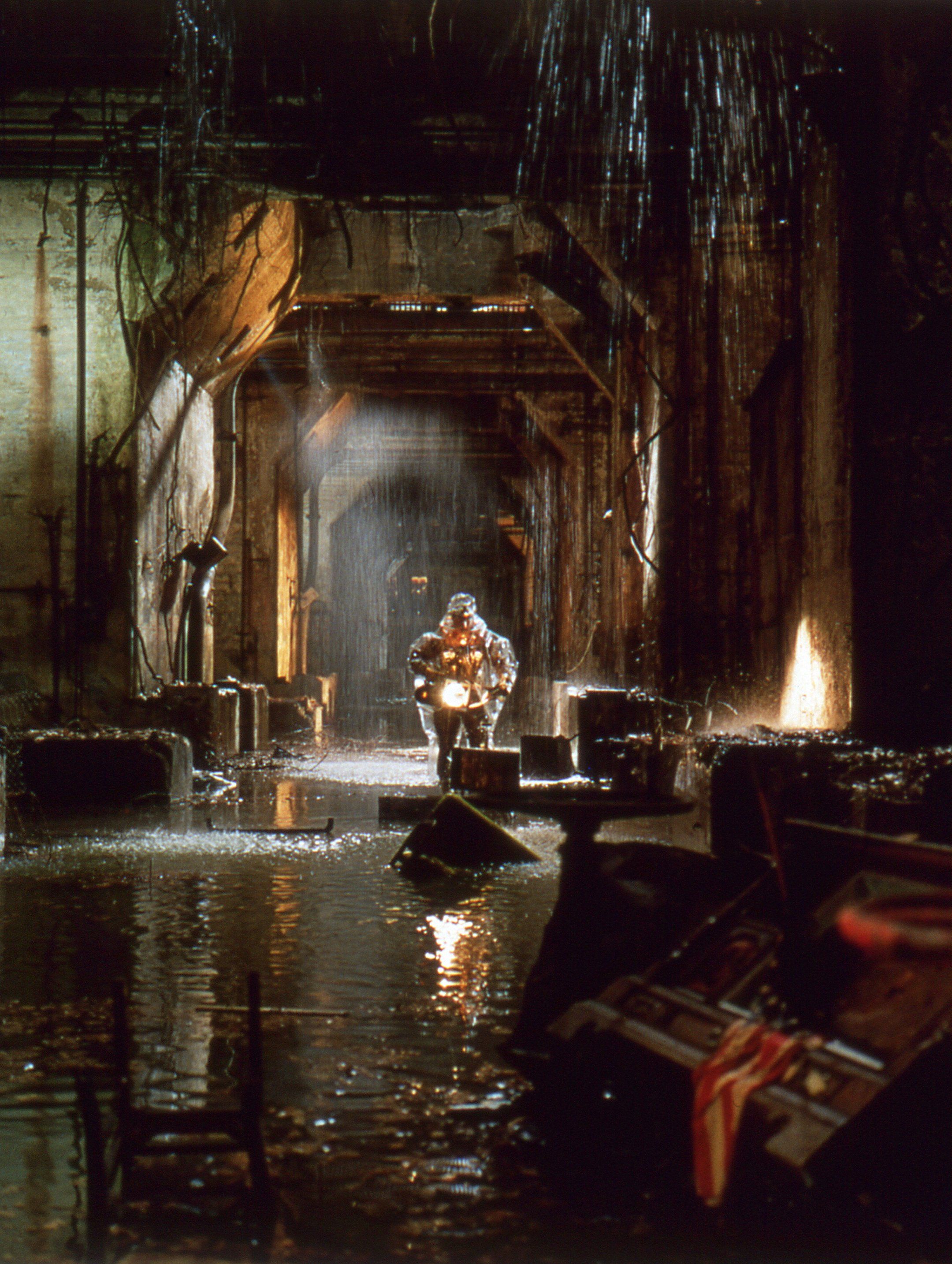
Shifting Dynamics
Pitt does ‘crazy inmate’ well, using facial expressions to maximum effect, including wild, staring eyes which even seem to move slightly independently of one another at times. Stowe has the responsibility of shifting alliances and like Goines, her character of Dr Railly gradually increases in significance as layers are peeled back in a timely manner, so as to give the audience the chance to solve a sometimes confusing plot. Stowe imparts a professionalism as Dr Railly in contrast to Cole’s apparent madness as a man who believes he is from the future. But just as Railly starts to believe Cole, so the latter starts to question his sanity and the shift in dynamics and therefore characterisation is deliberate, clever and engaging.
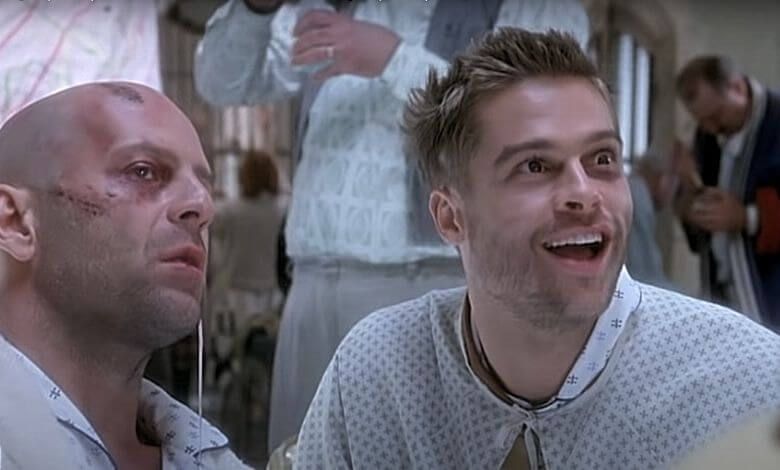
Possibilities v Probabilities
With themes ranging from memory to perception; cause and effect and, of course, a world stricken by a pandemic, ‘Twelve Monkeys’ shows clear influences from other movies and TV shows: some subtle, some more obvious. Nothing is left to chance: from fleeting shots of posters advertising ‘90s bands, to more lasting clips from Hitchcock’s ‘Vertigo’, ‘Twelve Monkeys’ will captivate you with its plot and its intelligent padding. Inevitably, it will make you reflect on the last year of your life and possibly open up your mind to possibilities rather than perceived probabilities.
